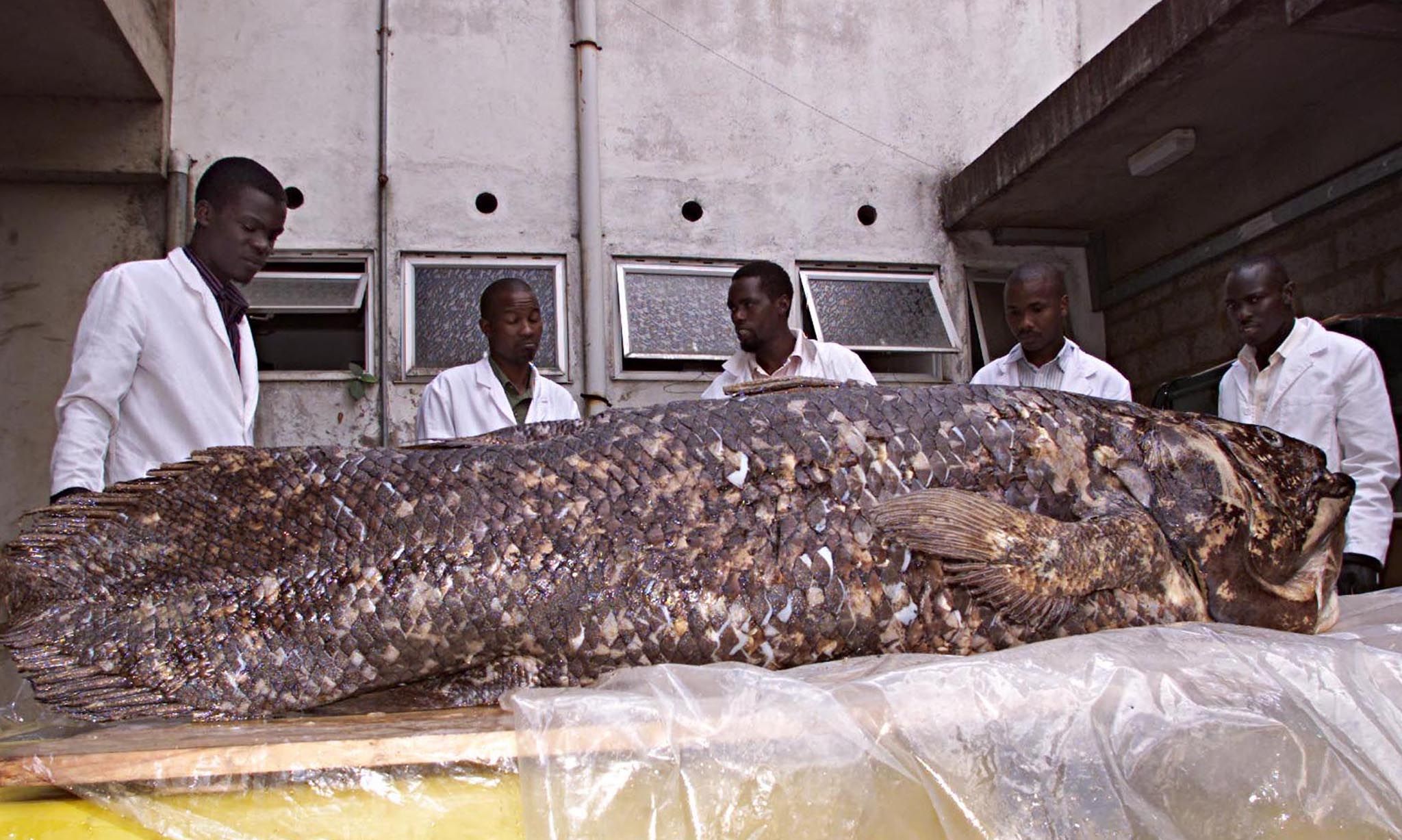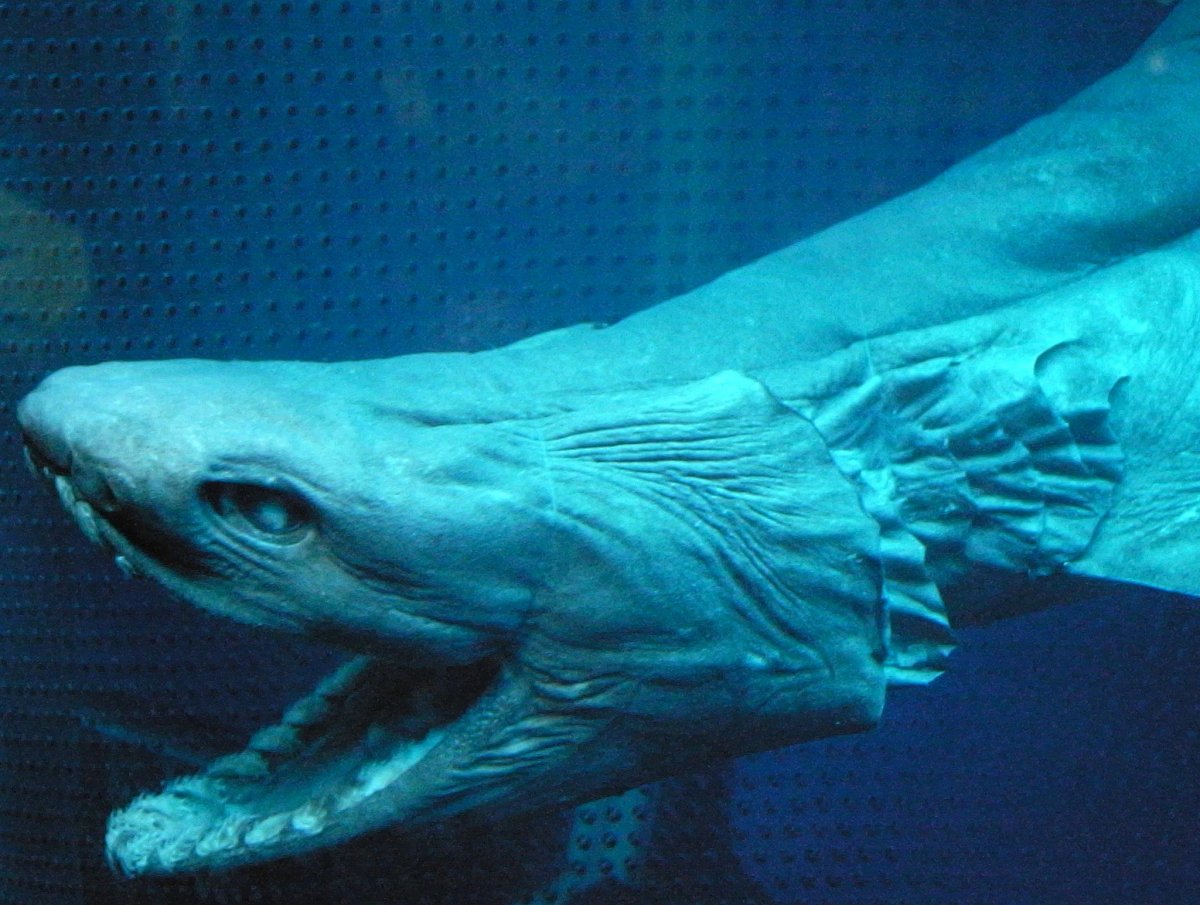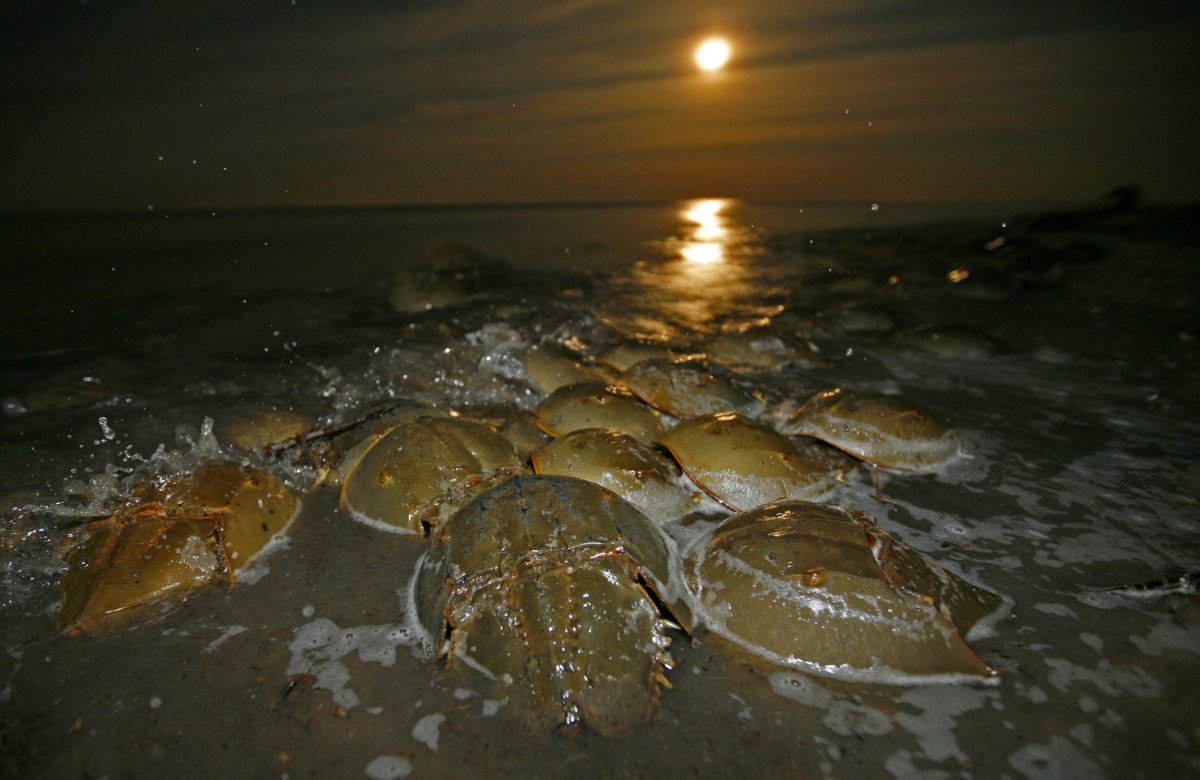
The meteor that killed off the likes of Triceratops and Tyrannosaurus missed a few animals.
While the extinction of the non-avian dinosaurs made room for other species of birds and mammals to evolve and change, there are some animals from the land before time that still exist today. These "living fossils" have hardly changed at all since the reign of the terrible lizards.
- Frilled Shark
Sharks in general are very successful evolutionarily, and have roamed the oceans for hundreds of millions of years. The frilled shark is particularly interesting because it has stayed mostly in the deep sea, evading the human gaze until it was discovered alive in 2009. Last summer, a trawling net pulled up a dead one off the coast of Portugal. Before the discovery of modern frilled sharks, they were only known from ancient fossil evidence.The modern frilled shark looks nearly identical to 80 million-year-old fossils, and even quite similar to 300-year-old fossils. However, sharks don't have bones outside their jaws (just cartilage) so teeth and jaws are often the only things that fossilize, which means we don't have a lot of data on what the ancient animal looked like.
This living fossil has remained unchanged for 80 million years. By OpenCage (http://opencage.info/pics.e/large_13408.asp) [CC BY-SA 2.5 (https://creativecommons.org/licenses/by-sa/2.5)], via Wikimedia Commons - Coelacanth
The coelacanth is the mascot of the International Cryptozoology Museum, and for good reason. This huge, night-sky-colored fish was once a cryptid, or an animal known only from eyewitness accounts, and not confirmed to currently exist by science (like the Loch Ness Monster.) But, similar to the frilled shark, fishers have discovered live, or only recently dead, coelacanths, meaning that they are currently swimming the ocean.Fossils of almost the exact same animal have been found to date to 400 million years ago. Dinosaurs only appeared 230 million years ago. So coelacanths have lived through the entire reign of both dinosaurs and mammals, hardly changing at all. - Solenodon
The name "solenodon" sounds like it's referring to an extinct dinosaur, but the suffix "-don" just means "tooth." This mammal's name means "slotted-tooth," and it isn't a dinosaur, but DNA evidence confirms that it lived among them. The solenodon evolved into its current form just before the Permian-Triassic Extinction event that killed the non-avian dinosaurs. They look like long-nosed, enormous shrews and live in Haiti and the Dominican Republic.
Hispaniolan solenodon (Solenodon paradoxus) Wikipedia Commons - Horseshoe Crabs
The most ancient animal on this list is the prehistoric horseshoe crab. There are currently four living species that scuttle around shallow waters and sandy beaches. Some 450 million years ago, before the first cartilaginous fish had even been born, in the Ordovician period, horseshoe crabs evolved into their current form. They've seen the rise of bony fishes, amphibians, reptiles, dinosaurs, mammals, birds, and humans. And if humans manage not to kill them off, maybe they'll live for another 450 million.

Uncommon Knowledge
Newsweek is committed to challenging conventional wisdom and finding connections in the search for common ground.
Newsweek is committed to challenging conventional wisdom and finding connections in the search for common ground.
About the writer
Kristin is a science journalist in New York who has lived in DC, Boston, LA, and the SF Bay Area. ... Read more
To read how Newsweek uses AI as a newsroom tool, Click here.








